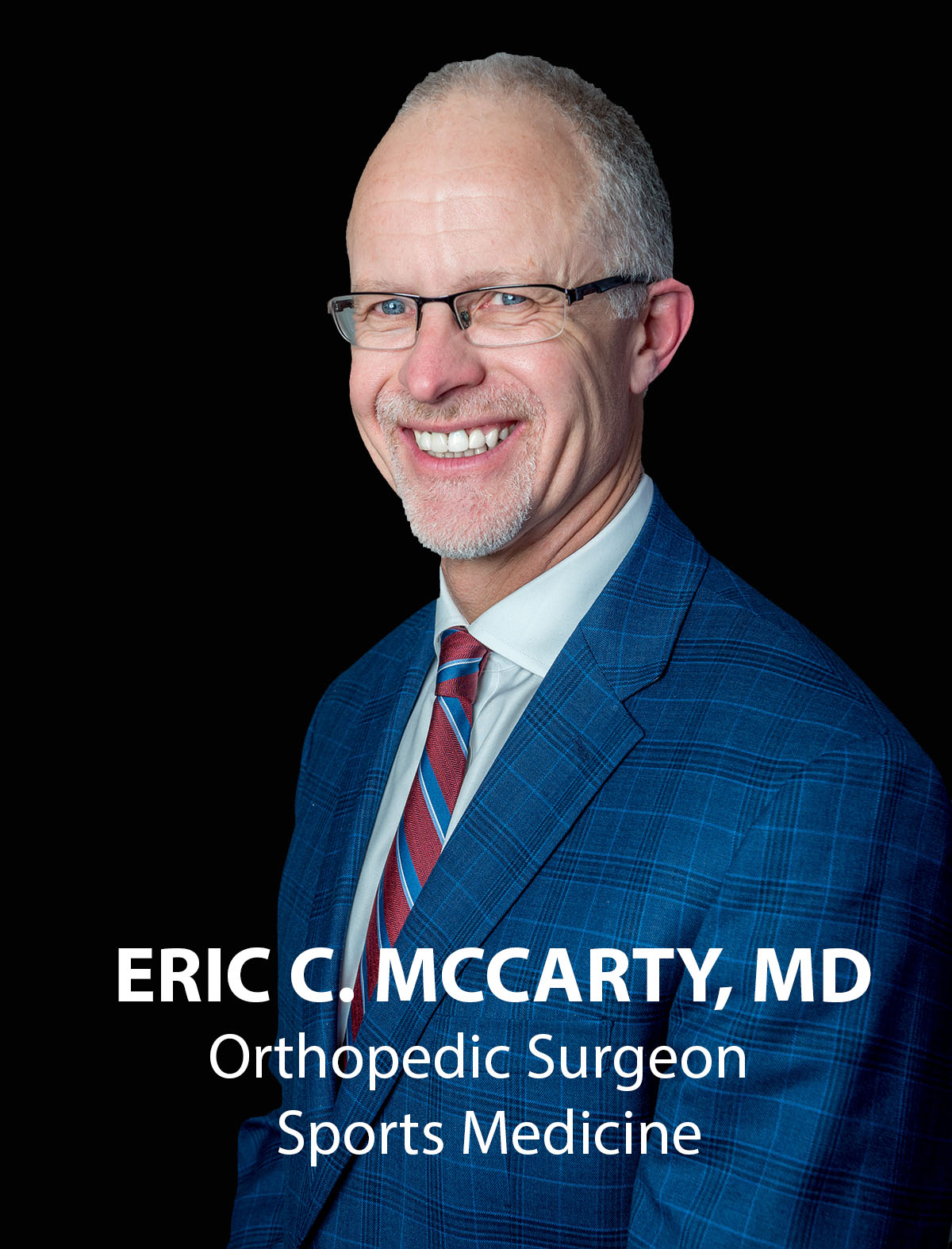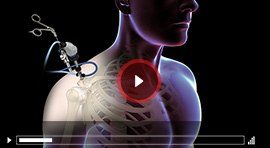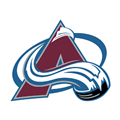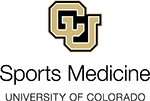Medial Epicondylitis (Golfer's Elbow)
Golfer Elbow
Golfer’s elbow, also called Medial Epicondylitis, is a painful condition that occurs due to repeated muscle contractions in the forearm causing inflammation and micro-tears in the tendons that attach to the medial epicondyle. The medial epicondyle is the bony prominence that is felt on the inside of the elbow.
Golfer’s elbow and Tennis Elbow are similar except that Golfer’s elbow occurs on the inside of the elbow and Tennis Elbow occurs on the outside of the elbow. Both conditions are a type of Tendonitis which literally means “inflammation of the tendons”.
Signs and Symptoms
Signs and symptoms of Golfer’s Elbow can include the following:
- Elbow pain that appears suddenly or gradually
- Achy pain on the inner side of the elbow during activity or movement
- Elbow stiffness with decreased range of motion
- Pain may radiate to the inner forearm, hand or wrist
- Weakened grip
- Pain increases when gripping objects
- Elbow pain exacerbates when the wrist is flexed or bent forward toward the forearm
- Causes.
Golfer’s Elbow is usually caused by overuse of the forearm muscles and tendons that control wrist and finger movement but it may also be caused by direct trauma such as a fall, car accident, or work injury.
The golfer’s elbow is commonly seen in golfers, hence the name, especially when poor technique or unsuitable equipment is used when hitting the ball. Other common causes include any activities that require repetitive motion of the forearm such as painting, hammering, typing, raking, pitching sports, gardening, shoveling, and fencing.
Diagnosis
Golfer’s Elbow should be evaluated by an orthopedic specialist for proper diagnosis and treatment. Your physician will perform the following:
- Medical History
- Physical Examination
- Your physician may order an X-ray to rule out a fracture or arthritis as the cause of your pain.
- Occasionally, if the diagnosis is unclear, your physician may order further tests such as MRI scan and ultrasonography to confirm the diagnosis of Medial Epicondylitis.
Treatment
The treatment of the golfer’s elbow includes both conservative options and surgical procedures. The conservative methods bow include:
- Activity restrictions or rest
- Splints or braces
- Applying ice packs
- Medications
- Occupational therapy
- Pulsed ultrasound increases blood flow to the injured tendons and promotes healing
If conservative treatment options fail to resolve the condition and symptoms persist for 6 -12 months, your surgeon may recommend surgery to treat Golfer elbow.
Surgical Treatment
The goal of surgery to treat Golfer's elbow is to remove the diseased tissue around the inner elbow, improve blood supply to the area to promote healing and alleviate the patient’s symptoms.
The surgery is performed in an operating room under regional or general anesthesia and is usually done as a day surgery. Your surgeon will make an incision over the medial epicondyle area.
Soft tissues are moved aside for the surgeon to view where the tendon meets the medial epicondyle. The surgeon will then cut the tendon and remove any scar tissue that is present. This is called Debridement of the tendon. If bone spurs are present on the medial epicondyle, these will be removed with special instruments.
The tendon is then reattached to the bone with special sutures. The incision is then closed and covered with a dressing.
Post-Operative Care
After surgery, your surgeon will give you instructions to follow depending on the type of repair performed and the surgeon’s preference. Common post-operative instructions include:
- A sling, cast, or splint is placed after surgery to keep the elbow immobilized.
- Elevate the elbow on pillows above the level of the heart to reduce swelling.
- Flex and open your hand to help reduce swelling.
- Apply ice packs to the area to help reduce swelling.
- Keep the incision area clean and dry. You may shower once the dressings are removed unless otherwise directed by your surgeon. If the arm is in a cast, cover the cast with plastic bags and tape to your skin above the cast to keep it dry when bathing.
- You will be given specific instructions regarding activity and rehabilitation.
- Occupational therapy is usually ordered to restore elbow function and strength. It is imperative that you follow your exercise plan to improve motion and strength in the elbow.
- Your surgeon will prescribe pain medications to keep you comfortable at home.
- Eat a healthy diet and quit smoking to promote healing.
Risks and Complications
The majority of patients suffer no complications following Golfer’s Elbow surgery, however, complications can occur following elbow surgery and include:
- Excessive elbow stiffness
- Infection
- Nerve damage
- Hematoma
- Incision breakdown
- Symptoms recur
- Compartment syndrome-excessive swelling at the operative site
Golfer’s elbow, also called Medial Epicondylitis, is a painful condition that occurs due to repeated muscle contractions in the forearm resulting in inflammation and micro-tears of the tendons attached to the medial epicondyle, the bony projection on the inner side of the elbow. The condition affects your routine activities and sports performance and can be treated either by employing conservative measures or surgical intervention.







